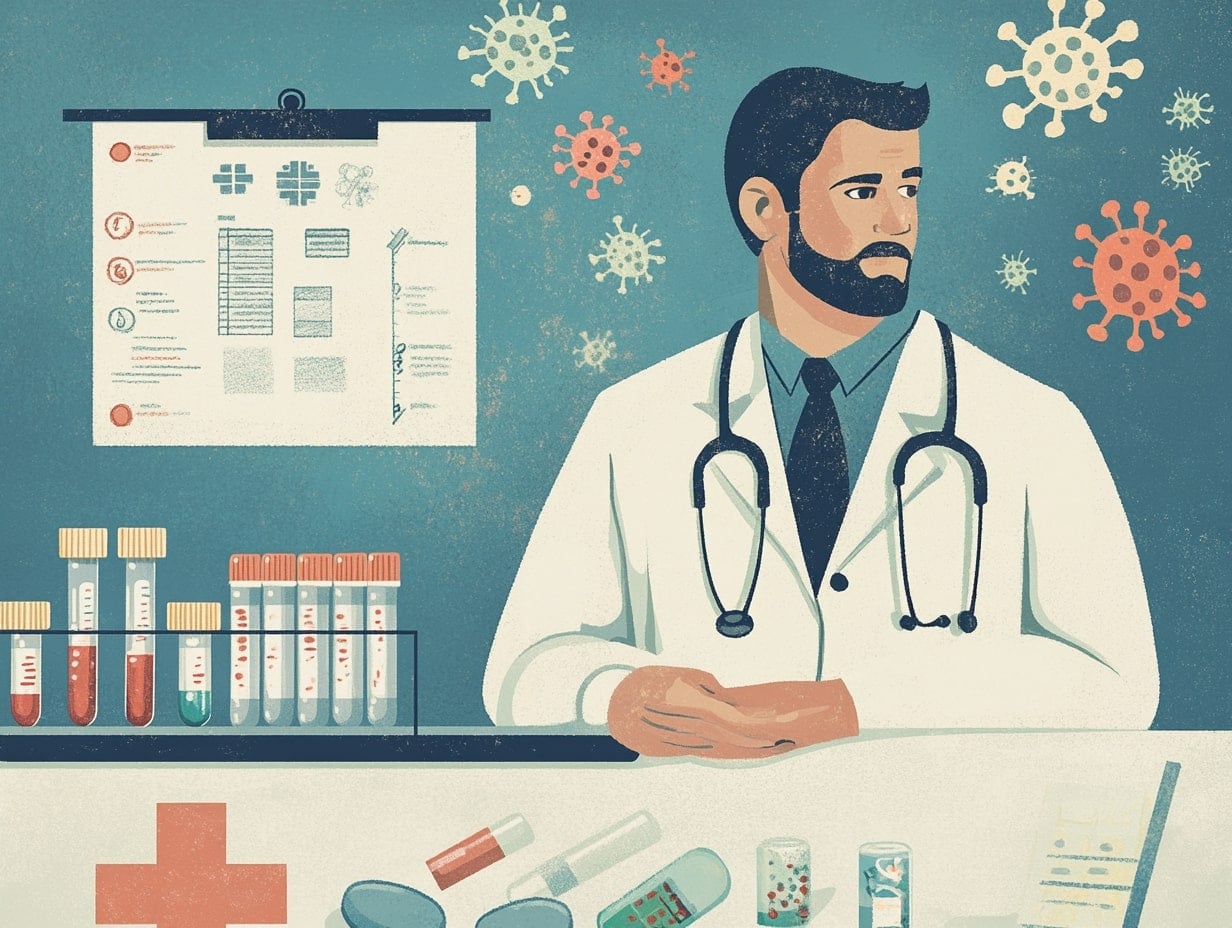Is That Just a Yeast Infection… or an STD? How to Tell the Difference
Feb 3, 2025
Yeast infections often cause itching and discharge, while STDs like chlamydia or gonorrhea may cause painful urination, unusual discharge, or sores. If symptoms persist or you’re unsure, it’s important to seek medical attention to ensure accurate diagnosis and proper treatment.
Yeast Infections: The Basics
What Is a Yeast Infection?
A yeast infection is caused by an overgrowth of Candida, a type of fungus that naturally lives in the body. When the balance of bacteria and yeast in the vagina is disturbed, it can lead to an overgrowth of yeast, resulting in symptoms like itching, irritation, and a thick, white discharge.Common Symptoms of a Yeast Infection
Itching and irritation in the genital area
A thick, white discharge (often compared to cottage cheese)
Burning sensation during urination or sex
STD Symptoms: What to Look For
Chlamydia and Gonorrhea
Both chlamydia and gonorrhea are bacterial infections that often present similar symptoms to a yeast infection, such as unusual discharge, pain during urination, and pelvic pain. However, these STDs may also cause additional symptoms like bleeding between periods or pain during intercourse.Herpes (HSV)
Herpes causes painful blisters or sores around the genital area, which can often be mistaken for a yeast infection if the sores are not obvious. Unlike a yeast infection, herpes outbreaks can be triggered by stress, illness, or other factors.Syphilis
Syphilis may begin with painless sores or ulcers in the genital area, which can be mistaken for something like an ingrown hair or a simple irritation. However, syphilis sores typically last for several weeks and can progress into a rash or more severe symptoms if left untreated.
How to Differentiate Between Yeast Infections and STDs
Timing and Symptoms
If your symptoms last longer than usual or worsen, it’s time to consult with a healthcare provider. Yeast infections are generally temporary and can be resolved with antifungal treatments, while STDs require targeted treatment, often with antibiotics or antivirals.Discharge Characteristics
While yeast infections typically cause thick, white, and clumpy discharge, STDs can cause abnormal discharge that may be yellow, green, or even bloody. The consistency and color of the discharge can provide clues to the underlying cause.Pain and Discomfort
While both yeast infections and STDs can cause discomfort during urination or sex, the pain associated with STDs is often more intense and may be accompanied by other symptoms, such as sores or rashes.

Dr. Michael Thompson
Dr. Michael Thompson is an expert in sexually transmitted diseases with extensive clinical and research experience. He leads campaigns advocating for early diagnosis and prevention of diseases like HIV and gonorrhea. He collaborates with local organizations to educate both youth and adults about sexual health.





